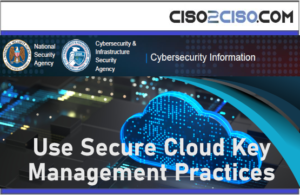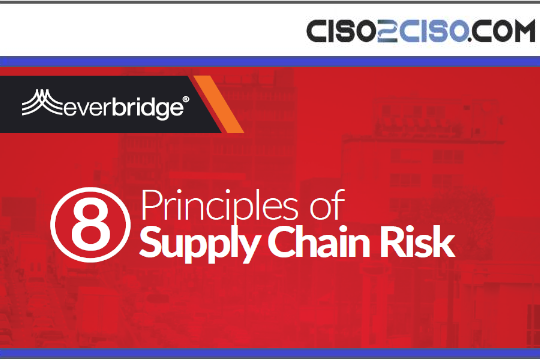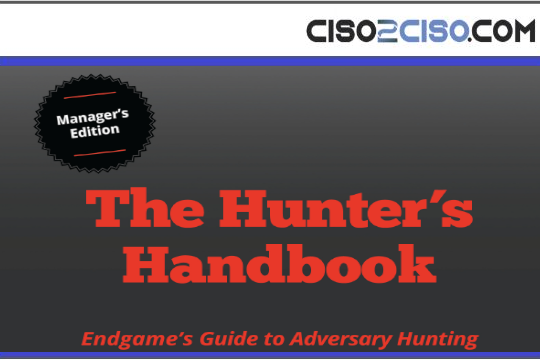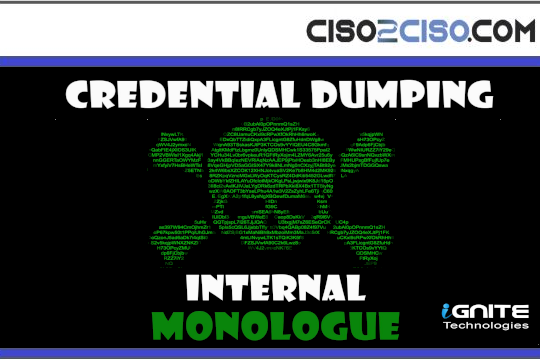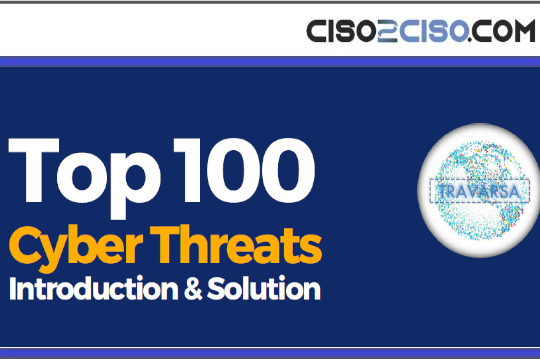EXECUTIVE SUMMARY:
Happy Identity Management Day! Established in 2021, in partnership with the National Cybersecurity Alliance, Identity Management Day is held on the second Tuesday of April. The day is intended to advance the education of business leaders and to create general awareness around the importance of identity management.
Key insights
- A recent survey of over 500 enterprise organizations found that 84% had experienced an identity-related breach in the prior year.
- 96% of organizations that have experienced an identity management-related breach believe that with the right prevention measures in place, the breach could have been avoided.
- Strong leadership support for identity management appears to be making a difference in reducing negative outcomes.
Identity Management Day (2023)
Identity management plays a critical role in protecting organizations from cyber threats. With the ever-increasing number of data breaches and cyber attacks, it’s essential to have a robust identity management strategy in-place.
Identity management refers to the process of managing digital identities and ensuring that only authorized persons can access enterprise secrets. By implementing strong authentication processes, organizations can prevent unauthorized system and data access.
However, good identity management demands more than attending to authentication processes. It involves managing the entire lifecycle of a digital identity; from creation to deletion. Identity management includes processes such as identity verification, access control and identity governance.
Identity management and internal risks
Identity management is not just about protecting your organization from external threats (corporate spies, hacktivists, nation-states…etc). It also helps manage internal risks by ensuring that employees only have access to the information that they need. By implementing the principle of least privilege, organizations can minimize the risk of insider threats.
Identity management and compliance
In addition to preventing cyber threats, identity management can help businesses meet regulatory compliance requirements. Regulations such as the General Data Protection Regulation (GDPR) and the California Consumer Privacy Act (CCPA) require organizations to protect personal data and to give people a certain level of control over their personal information.
Identity management strategies
In ensuring top-tier identity management, consider the following best practices:
1. Conduct a thorough assessment of current identity management practices to identify any gaps or vulnerabilities. This may include conducting a system audit, conducting an audit of processes, analyzing access control logs and reviewing both security policies and procedures.
2. The Identity Defined Security Alliance (IDSA) recommends implementing multi-factor authentication (MFA). Organizations that implement MFA solutions are less likely to contend with identity-related breaches than non-MFA implementing peers.
Single sign-on (SSO) can also provide more secure log-in processes, as it guarantees that all employees (and potentially customers) are authenticated ahead of accessing accounts. SSO ensures that specific data is inaccessible by unauthorized users.
3. Leverage identity governance tools to manage the entire lifecycle of individual digital identities. These tools can help automate processes such as employee onboarding, employee offboarding, managing access controls, and enforcement of cyber security policies.
4. Implement the principle of least privilege. Placing strict limits around who can access critical systems reduces the risk of both intentional and unintentional data breaches.
5. Regularly review and update your identity management strategy to ensure that it remains effective against new threats and that it continually meets compliance requirements. Identity management is not a one-time project. It’s an ongoing process. Cyber threats and compliance requirements are continually evolving, and identity management strategies must evolve too.
6. Ensure that your organization has a well-defined incident response plan. An incident response plan will clarify each department’s roles and responsibilities should a cyber incident occur, include guidance on legally required public disclosures, include regulatory authority information, define the metrics that need to be captured in relation to an incident and clarify who is responsible for business impact and analysis reporting, among other things.
7. Be sure to create cyber security training and awareness programs for employees. Provide information about the importance of protecting Personal Identifiable Information (PII) and share easy, actionable ways to do so.
Further thoughts
By conducting a thorough assessment of your current practices, implementing strong authentication processes, using identity governance tools, implementing the principle of least privilege and regularly reviewing and updating your strategy, you can ensure that your organization’s identity management practices are effective, efficient and secure.
For more insights into identity management, please see CyberTalk’s 14 Ways to Avoid LinkedIn Identity Theft. Want to stay up-to-date with trends in technology? Check out the CyberTalk.org newsletter! Sign up today to receive top-notch news articles, best practices and expert analyses; delivered straight to your inbox each week.














